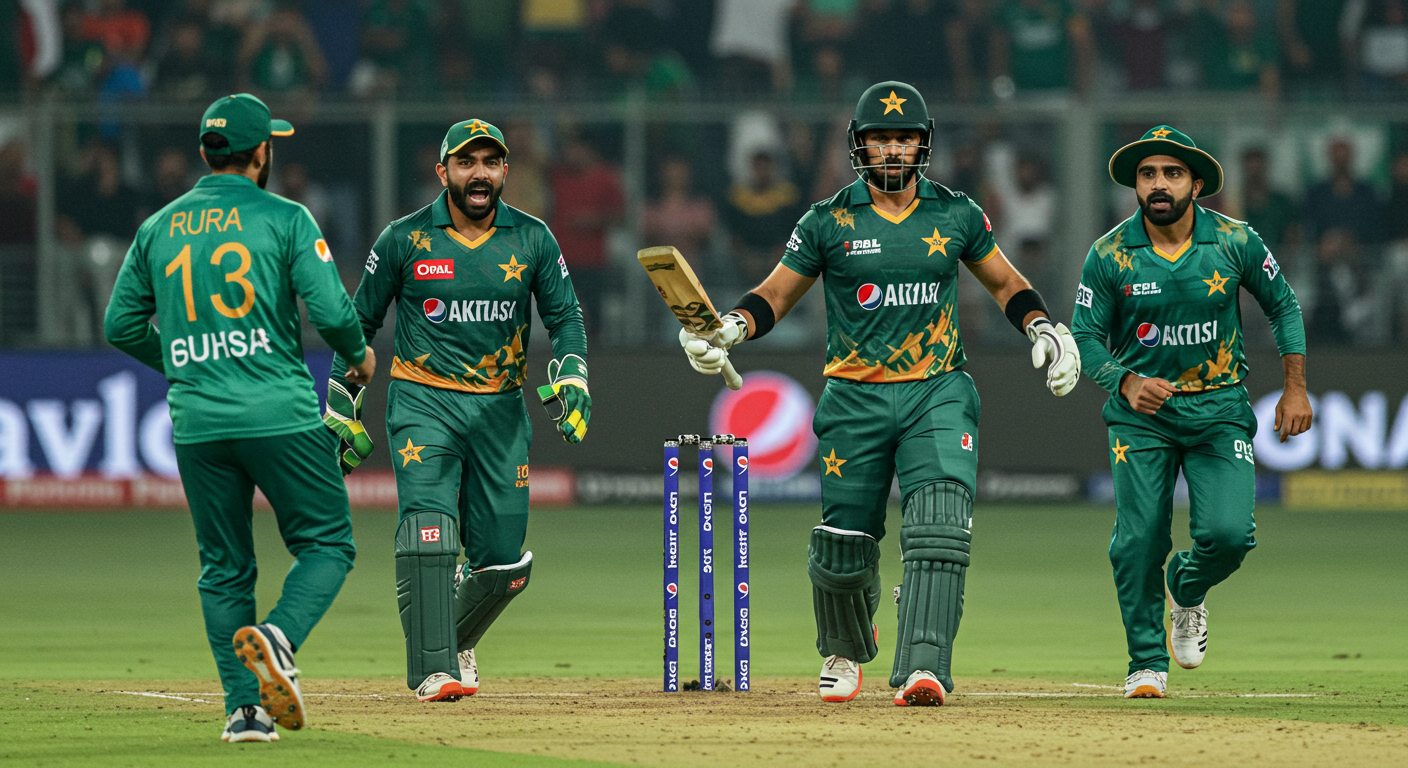Pakistan Cricket Team 1999: A Decade of Dominance and Disappointment

Pakistan Cricket Team 1999: A Decade of Dominance and Disappointment
The year 1999 marked a pivotal moment for Pakistan cricket, ushering in an era of both exhilarating triumphs and heart-wrenching defeats. This article delves deep into the Pakistan cricket team’s performance throughout the 1990s, specifically focusing on the year 1999, exploring the key players, significant matches, and the broader context of the team’s journey.
This era wasn’t merely defined by scores on the field; it reflected the complexities of Pakistani society, the struggles within the cricketing infrastructure, and the enduring pursuit of excellence.
The Rise and Fall of a Generation
Pakistan’s journey in the 1990s was a rollercoaster. The decade began with a promising showing, featuring some of the most legendary names in Pakistani cricket history. A mix of youthful exuberance and seasoned expertise was a potent combination.
The team achieved significant wins in various tournaments and against formidable opponents, showcasing moments of breathtaking brilliance, but inconsistencies plagued them throughout. This volatile nature made it difficult for fans to fully appreciate the team’s true potential, as the highs were often followed by demoralizing lows. This cyclical pattern continued for a considerable period.
The year 1999 held a particular significance because it represented a transitional phase in the history of Pakistan cricket. Players from the previous era began to transition out, paving the way for a new generation to step up. The 1999 team was a mix of veteran players who had tasted success and newer players striving to make their mark.
Understanding 1999 within the wider context of the 1990s is crucial. The decade saw various changes in cricketing regulations, playing styles, and even the rise of new superstars. Pakistan had to adapt to these evolving circumstances. In the 1999 cricket season, the team saw shifts in captaincy, new strategic approaches in the field and different approaches to batting order.
Key Players and Their Contributions
Many noteworthy players graced the field during Pakistan’s 1999 campaign. A detailed analysis of their individual performances is essential to comprehend the team’s overall performance. Let’s examine a few of the prominent figures.
Inzamam-ul-Haq: This cornerstone of Pakistan’s batting line-up made crucial contributions with his consistent performance and leadership.
Wasim Akram: The legendary fast bowler’s presence on the field provided an unmatched attacking force. His crucial wickets were critical to Pakistan’s successes, but his form was not always consistent.
Saeed Anwar: This stylish batsman brought a dynamic flair to the batting line-up. His boundary-hitting ability often decided games.
Mohammad Yousuf: A powerful batsman, Yousuf’s contributions often played a decisive role in the team’s fortunes.
Shoaib Akhtar: In 1999, the ‘Rawalpindi Express’ was already making a name for himself, showcasing his explosive pace. His early contributions foreshadowed his future impact on the team.
A more detailed analysis of each player’s performances, individual achievements, and statistics for 1999 would enhance our understanding of the team’s performance.
Major Matches and Tournaments
Pakistan’s 1999 matches were marked by a blend of triumphs and defeats. Were they consistent in their efforts, or did they fluctuate according to various factors?
A crucial analysis of the major matches and tournaments, such as the 1999 Cricket World Cup, would reveal the team’s strengths and weaknesses in different formats. An analysis of the World Cup performance would identify the major turning points and contributing factors. Highlighting key moments, individual performances, and strategic decisions would offer invaluable insights.
Were their performances consistent across various formats like Tests, ODIs, and T20s, if applicable?
The Socio-Political Context
It’s vital to understand that Pakistani cricket isn’t isolated from the socio-political landscape of the country. The team’s performance often reflected the broader issues and challenges faced by Pakistan during that period. The impact of domestic conditions and external pressures on the team’s performance needs exploration. Was the team’s performance influenced by social or political events that occurred at the time? If so, what was the nature of that influence?
Conclusion
Pakistan cricket in 1999 was a complex blend of promise, triumph, and disappointment. Understanding this period, alongside the wider context of the 1990s, reveals a rich tapestry of human endeavor. The players, the matches, and the social environment all contributed to the narrative of this important year.
A thorough examination of the players, the matches, and the broader context of the era would paint a much richer and more nuanced picture of the Pakistan cricket team in 1999.
This article serves as a starting point. Further research into the specific details of matches, player statistics, and socio-political factors would allow for a more comprehensive and in-depth understanding of Pakistan cricket in 1999. Further research into the factors that contributed to their success or failure would be extremely valuable.